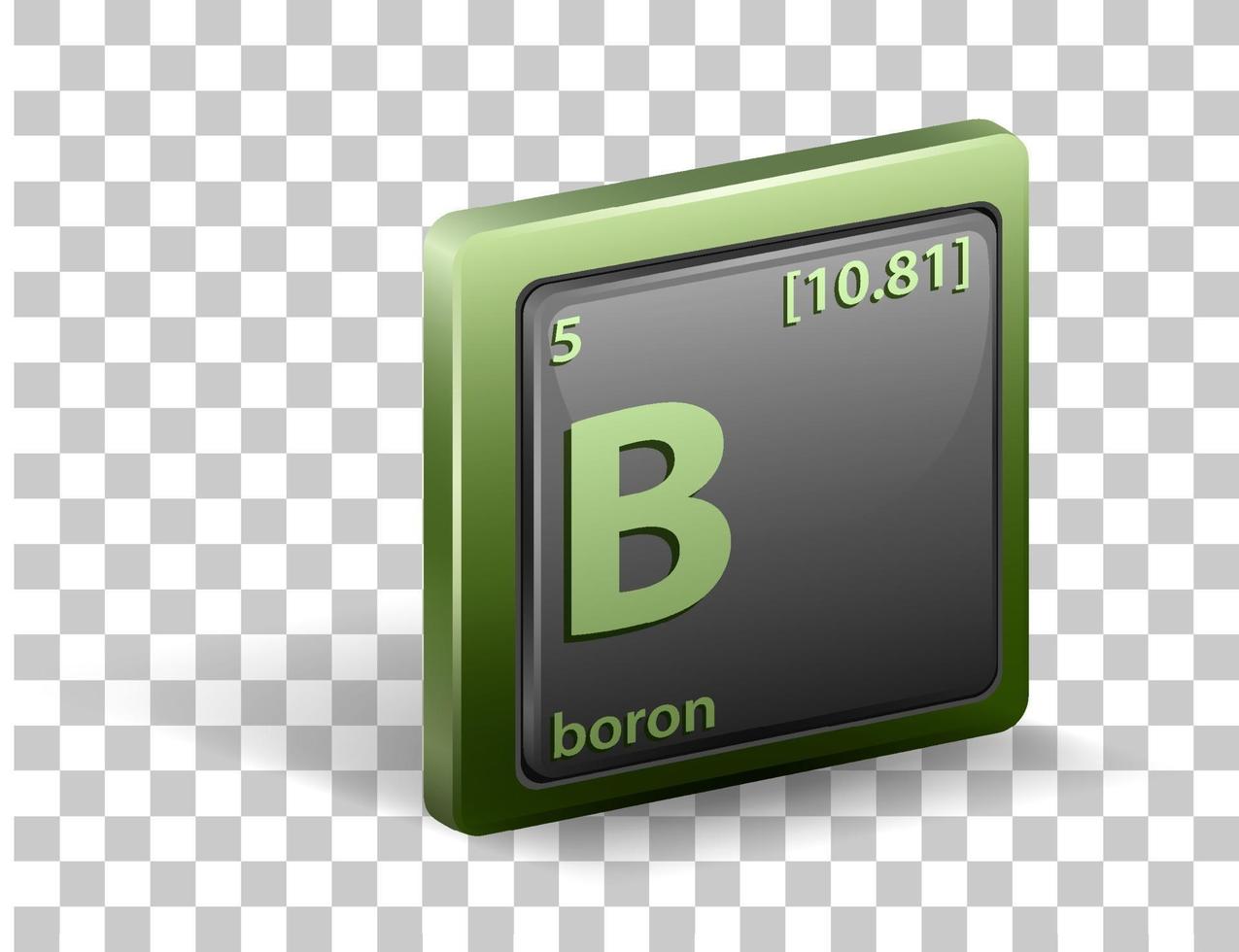Atomic Number 81
| Noun | 1. | atomic number 81 - a soft grey malleable metallic element that resembles tin but discolors on exposure to air; it is highly toxic and is used in rodent and insect poisons; occurs in zinc blende and some iron ores thallium, Tl metal, metallic element - any of several chemical elements that are usually shiny solids that conduct heat or electricity and can be formed into sheets etc. blende, sphalerite, zinc blende - an ore that is the chief source of zinc; consists largely of zinc sulfide in crystalline form |


(d) atomic number 81, atomic mass number 201, charge of 1+ (e) Name the elements in parts (a), (b), (c), and (d). The following are properties of isotopes of two elements that are essential in our diet. Determine the number of protons, neutrons and electrons in each and name them. (a) atomic number 26, mass number 58, charge of 2+. This is a list of the 118 chemical elements which have been identified as of 2021. A chemical element, often simply called an element, is a species of atoms which all have the same number of protons in their atomic nuclei (i.e., the same atomic number, or Z). The atomic number is the number of protons in the nucleus of an atom. The number of protons define the identity of an element (i.e., an element with 6 protons is a carbon atom, no matter how many neutrons may be present). The number of protons determines how many electrons surround the nucleus, and it is the arrangement of these electrons that.
Want to thank TFD for its existence? Tell a friend about us, add a link to this page, or visit the webmaster's page for free fun content.
Link to this page:
The Element Thallium
[Click for Isotope Data]
Atomic Number: 81
Atomic Weight: 204.3833
Melting Point: 577 K (304°C or 579°F)
Boiling Point: 1746 K (1473°C or 2683°F)
Density: 11.8 grams per cubic centimeter
Phase at Room Temperature: Solid
Element Classification: Metal
Period Number: 6
Group Number: 13
Group Name: none
What's in a name? From the Greek word for a green shoot or twig, thallos.
Office mac 2011. Say what? Thallium is pronounced as THAL-ee-em.
History and Uses:
Thallium was discovered spectroscopically by Sir William Crookes, an English chemist, in 1861. Crooks had obtained the sludge left over from the production of sulfuric acid (H2SO4) from a friend. After removing all of the selenium from the sludge, he inspected it with a device known as a spectroscope to look for signs of tellurium. Rather than seeing the yellow spectral lines produced by tellurium, he observed a bright green line that no one had ever seen before. He named the new element that was producing the green line thallium, after the greek word for 'green twig', thallos. He isolated samples of thallium the next year. Thallium is found in the minerals crooksite (CuThSe), lorandite (TlAsS2) and hutchinsonite ((Pb, Tl)2As5S9), but is usually obtained as a byproduct of the production of sulfuric acid or as a byproduct of refining zinc or lead.

There are no uses for metallic thallium since pure thallium quickly combines with oxygen and water vapor from the atmosphere, forming a black, powdery substance. Thallium, used in conjunction with sulfur or selenium and arsenic, forms low melting glass. Thallium sulfate (Tl2SO4), an odorless, tasteless thallium compound, was once used as a rat and ant poison, although it has been banned from household use in the United States since 1974. Thallium sulfide (Tl2S), thallium iodide (TlI) and thallium bromide (TlBr) are all compounds used in devices to detect infrared radiation.
Estimated Crustal Abundance: 8.5×10-1 milligrams per kilogram
Estimated Oceanic Abundance: 1.9×10-5 milligrams per liter
Proton Number, Neutron Number And Electron Number In 81 Br-1 ..
Number of Stable Isotopes: 2 (View all isotope data)
Ionization Energy: 6.108 eV
Oxidation States: +3, +1
Electron Shell Configuration: | 1s2 |
2s2 2p6 | |
3s2 3p6 3d10 | |
4s2 4p6 4d10 4f14 | |
5s2 5p6 5d10 | |
Rogue transmission. 6s2 6p1 |
Isotope Atomic Number 81
For questions about this page, please contact Steve Gagnon.


